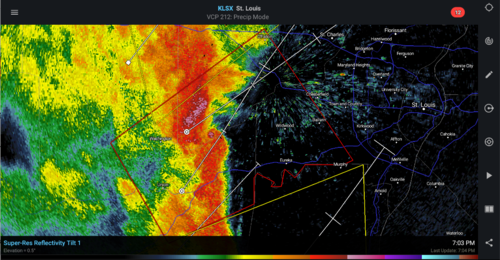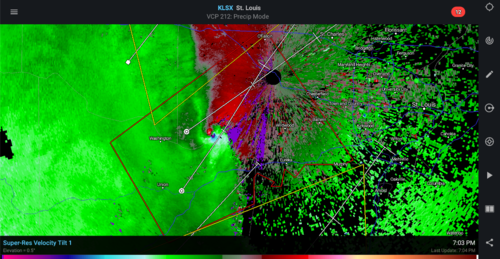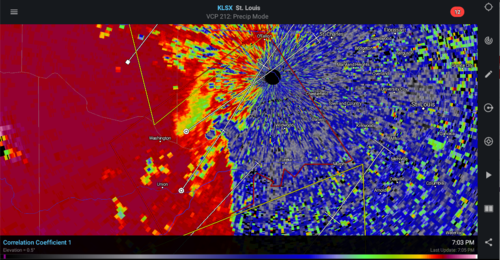sam.leisenring
Enthusiast
I'm sorry if this is a really dumb question but i'm not very experienced with this stuff. But by my judgement this appears to be a very big tornado based on the visible debris ball on base reflectivity and on CC and then the giant velocity couplet. The warning on this storm sayid that a tornado was confirmed by weather spotters, but I was just wondering if the NWS would be confident in calling this a tornado if there wasn't any visual on the ground.








